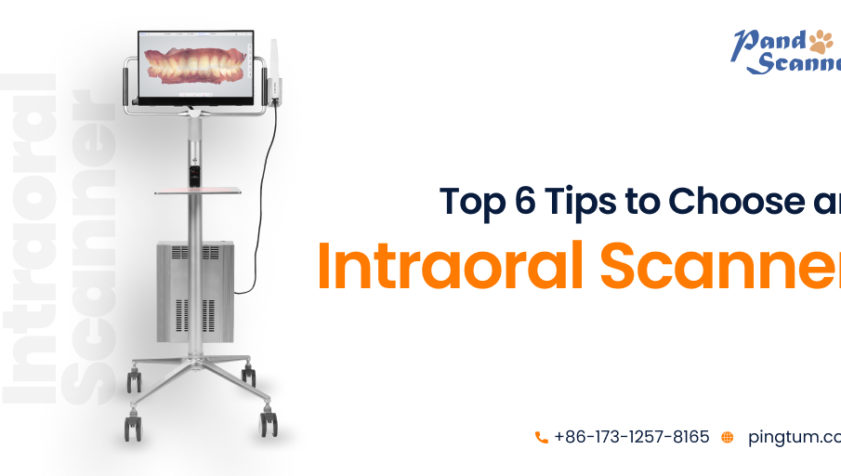The advent of intraoral scanners opens up another pathway for dental experts to advanced dentistry. Besides, they allow dentists to change the approach to making digital impressions unlike the use of untidy impression materials with chances of gag reflex. Intraoral scanners offer an exceptionally consistent, quick, and natural filtering experience. An ever-increasing number of dental practitioners understand that changing from conventional impressions to digital impressions shall deliver several advantages and high ROI. A computerized scanner works on tolerant experience as well as significantly upgrades the proficiency and exactness of impressions. Embracing progressed computerized arrangements is an irreversible pattern in the dental business today. And picking the right intraoral scanner is an add-on to your training to turn digital.
In any case, there are diverse intraoral scanners available. Each brand has its elements and methods. Here are a few essential rules that you should consider while choosing the best-fit scanner for your dental practice.

Key tips to choose the right intraoral scanner
Choosing the right intraoral scanner depends on a few factors as mentioned below:
# Checking Speed
Checking the speed of an intraoral scanner is something most clients will focus on. One of the conspicuous advantages of a scanner is its general proficiency. For instance, 3D computerised impression models can be produced in minutes and the finished model can be sent quickly to the lab, minimizing lab time. A scanner that is quick and simple to use will unquestionably be more gainful for dental clinics and labs in the long run. Remember, most digital scans are taken in less than a couple of minutes.
# Checking Accuracy
Checking the accuracy of a China Intraoral Scanner is a vital metric that dental specialists and laboratory technicians should focus on. A scanner with low precision cannot coordinate its output with the state of the patient’s teeth. This brings about a low fitting rate and is time-consuming as well. No wonder, picking a scanner that would create precise and complete digital impressions in real time should be your best choice.
# Filtering Flow
Speed and precision are important, yet the smoothness of the patient experience and the performance of the supporting programs matter a lot. These include whether the scanner can deal with the corners and front regions well or recoup information after losing the sweep, whether it stops while moving to another quadrant, and so on.
# Scanner Size
For dental specialists who play out various sweeps each day, taking into account the ergonomic plan solace and weight of the scanner are vital. Hence, a Panda 2 scanner that is not difficult to grasp, control, and lightweight will be utilised more regularly. For patients, the size of the scanner tip ought to be considered as it gives more agreeable admittance into their mouths.
# Usability
An easy-to-use intraoral scanner allows dental specialists to incorporate it normally into their everyday workflow. A consistent cycle and a generalclient experience structure form the premise of this part. Considering that both equipment and programming need to sync, the output should display precision and quality. For example, whether the scanner can be set up properly and 3D pictures taken quickly. The whole work process ought to be smooth from beginning to end.
# Warranty
An intraoral scanner can play a significant role in the everyday workflow of a dentist and will be utilized accordingly. A decent warranty will ensure your interest in this computerized device is safeguarded. You can find out the things the warranty will cover and and whether its scope can be broadened.
Conclusion
If you want to leverage the benefits of a digital impression system, you must consider the tips discussed above. The benefits include speed, accuracy, flexibility, usability, and delivering a superior patient experience.






